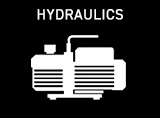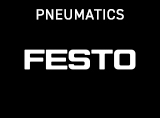Air Treatment Systems

Air treatment systems (LAA) are available as air cooling or air heating systems as well as combined cooling and heating systems. This ensures that both the inlet air and exhaust air are of extremely high quality and that the purity, quantity and temperature of the inlet air always remain constant. Depending on how the special requirements of the user are stored and on how the individual field of application is designed, a ventilator as well as a heating/cooling system, special fine filters or pre-filters, a bypass system and the necessary compensators, for example, are evaluated and combined appropriately.
Pan-coating or coating processes, for example, are extremely time-consuming. The main reason for this is the water content of the respective medium that is to be applied. By reducing the required drying time, a coating system, for example, works far more efficiently and productivity can be significantly improved. Depending on the individual application, air preparation systems are therefore equipped with different components.
The standard systems are composed of ventilators and filters for the inlet and exhaust air. Different filter classes are used here, ranging from G3 (pre-filter) up to H11. In most cases, the heater, a bypass flap and two air throttle flaps are already included in the basic air preparation systems. For the heater, you can choose between a steam heat exchanger and an electric heater, which is adapted to the respective heating capacity required.
Modular air preparation systems can be expanded to include a dehumidification or cooling unit. So, for example, an absolute residual moisture content of ten grams of water/kilogram of air can be achieved with classical dehumidification of the air by condensation. If the cooler is fitted with an additional adsorption dehumidifier, a residual moisture content of two grams of water/kilogram of air can be achieved. If outside air is used as untreated air, a pre-heater stage is required for winter. An effective exhaust air/heat recovery system can also be used to facilitate conservation of resources, save energy and thereby reduce the impact on the environment.
In addition, de-dusting equipment also prevents accumulated dust from being released to the detriment of the environment and provides pleasant working areas. They also enable automatic and continuous de-dusting with constant low filter differential pressure, minimum operating costs and a long service life.






